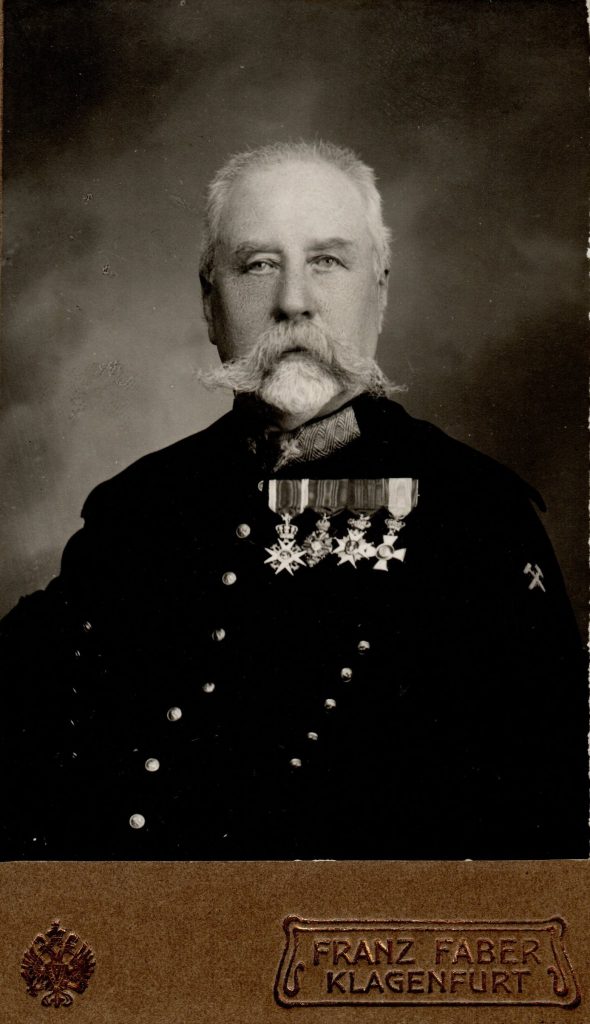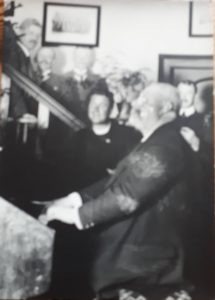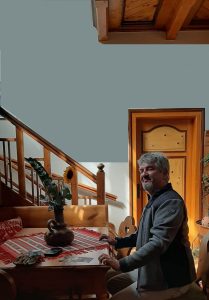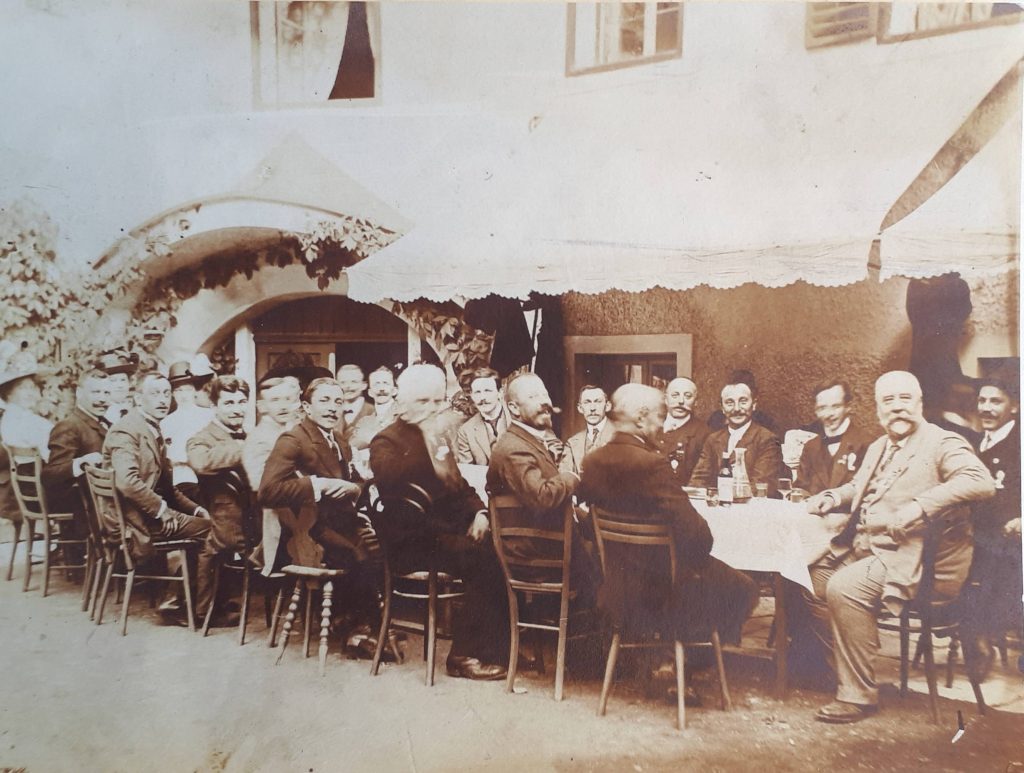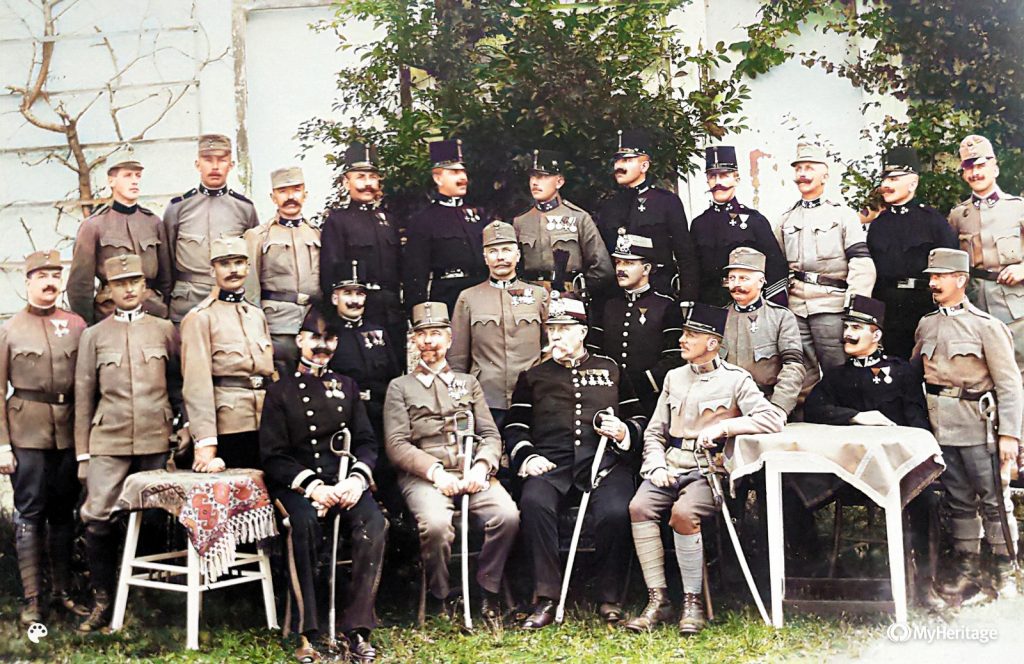A completely new extraction plant was built in Mühlbach. The plant began operations in 1910 and was the result of the targeted and radical modernisation of the new mining and smelting director. It was located under the entrance to the Emilstollen, and received the ore directly from it. The plant was also connected to a cable car, which made the ore transport from Mitterberg more cost-effective. The extraction was made of wood, on a concrete sole, and seven floors high. Much of the machinery and equipment was the latest in modern extraction technology; powered by electricity and supplied by Friedrich Krupp AG’s Grusonwerk in Magdeburg. The plant included hardeners, electromagnetic separators and an Elmore plant with a capacity of 180-200 tons per day. The Elmore plant, just like in Sulitjelma, represented an additional step towards better utilization of by-products from the washbasins. With this concentrated, rationally organized plant, equipped with modern, adapted technology, the flow and yield of ore processing have been considerably increased.
In 1907, the cumbersome german-English method for melting copper was replaced by the Bessemer process at the aussible smelter in Ausserfelden. A fast-working Bessemer process was introduced, a method that had been significantly improved in American copper smelters. This made it much easier to melt sulfur-containing copper ore, resulting in financial gain. The Bessemer process made it possible to produce raw copper directly by blowing pig iron from the shaft furnace. Under Knudsen, the expansions of the smelter continued, especially during the First World War. In the “raw huts” the capacity of the three drum-shaped Bessemer converters was improved by the replacement of acidic for basic lining and an increased number of blow elements. The three manhole furnaces in the smelter were continuously in full operation. In the largest furnace, the pre-melting of own ore took place, while the two smaller foreign, precious metal and gravel-containing ore with oxidic ore and slag melted. In 1915, the old roasting oven was demolished, and the coarse ore has since been melted unroasted in the manhole, while the fine ores were roasted in a Dwight Lloyd apparatus, a continuous roasting table with an oven that gradually burned most of the sulfur. The refinery hut was also expanded, with three flame furnaces. But refining copper in the flame furnace was a slow and sometimes uneconomical process that did not even produce pure copper. That’s why they moved to an electrolytic refinery of copper in 1911 and installed a test facility with 80 baths. When this proved to be successful, a new plant with 352 baths was built for the electrolytic production of copper, with a production of 4000 tons per year. With these extensions and improvements, the total production of the smelter reached up to 8000 tons per year. Mitterberg Kupfer AG also built a new condensation plant in 1913 to exploit the exhaust gases from the smelter. In connection with the expansion of the smelter and the melting of foreign ore, Knudsen patented and used a new invention of great importance for the central powers. He patented a method for the production of copper and zinc oxide on the basis of brass scrap. By melting highly arsenic-containing ore and blowing recycled brass in its own Knudsen furnace or converter, copper and later zinc oxide were obtained through a filter system. This generated strategically important raw materials from melt edible waste. For this invention, Knudsen was awarded the Knight’s Cross of the First Class of the Order of Franz Joseph in 1916.
The prerequisite for this modernization was the expansion of accessible hydropower, which the old mine had not taken care of. Two new power plants were built in Mühlbach, so that the mine was supplied with plenty of electricity for light and machine operation.
Immediately after the outbreak of the war in August 1914, all departments of Mitterberg Kupfer AG were placed under military management due to the strategic importance of copper production. The main concern of the military leadership was to increase production to the maximum. As director, Knudsen accepted the compulsory line and continued to work with modernization and expansion.
In the mines, an attempt was made to increase production capacity by expanding the workforce. While the experienced miners had been called up for military service, the new employees were unskilled miners. In December 1914, the company deployed 200 Russian prisoners of war to work. The number of prisoners of war rose to 450 during the war; mainly Russians and Serbs. … The use of prisoners of war initially led to an increase in production in the pits. Gradually, however, it led to reduced willingness to work among the other workers. Lack of food, general malnutrition, and poor health among workers also meant that the promotion of raw ore remained unchanged throughout the war, with the exception of 1916, although the workforce in the pits grew from 712 to 1714 men. Material shortages, overloading and neglect of safety work caused the plant to shut down. The military leadership, in its hunger for copper, stood for an overexploitation, from which the local leadership tried in vain to distance itself. As the largest copper plant in Austria, Mitterberger Kupfer became a military company in which the mine management had been deprived of any independent responsibility.
Shortly before the end of the war, mining director Rudolf Recknagel took over the management of Knudsen. Knudsen got a good certificate. Under its prudent management, Mitterberger Kupfer had undergone an unprecedented development, from a small, traditional mine to a large and modern operation.
